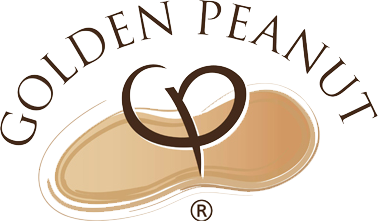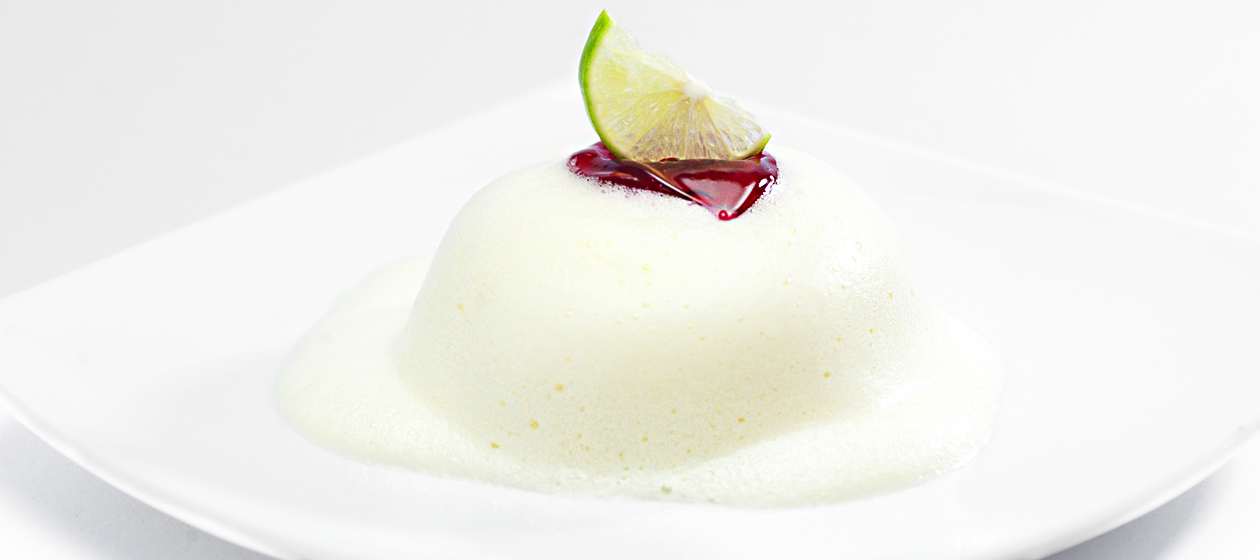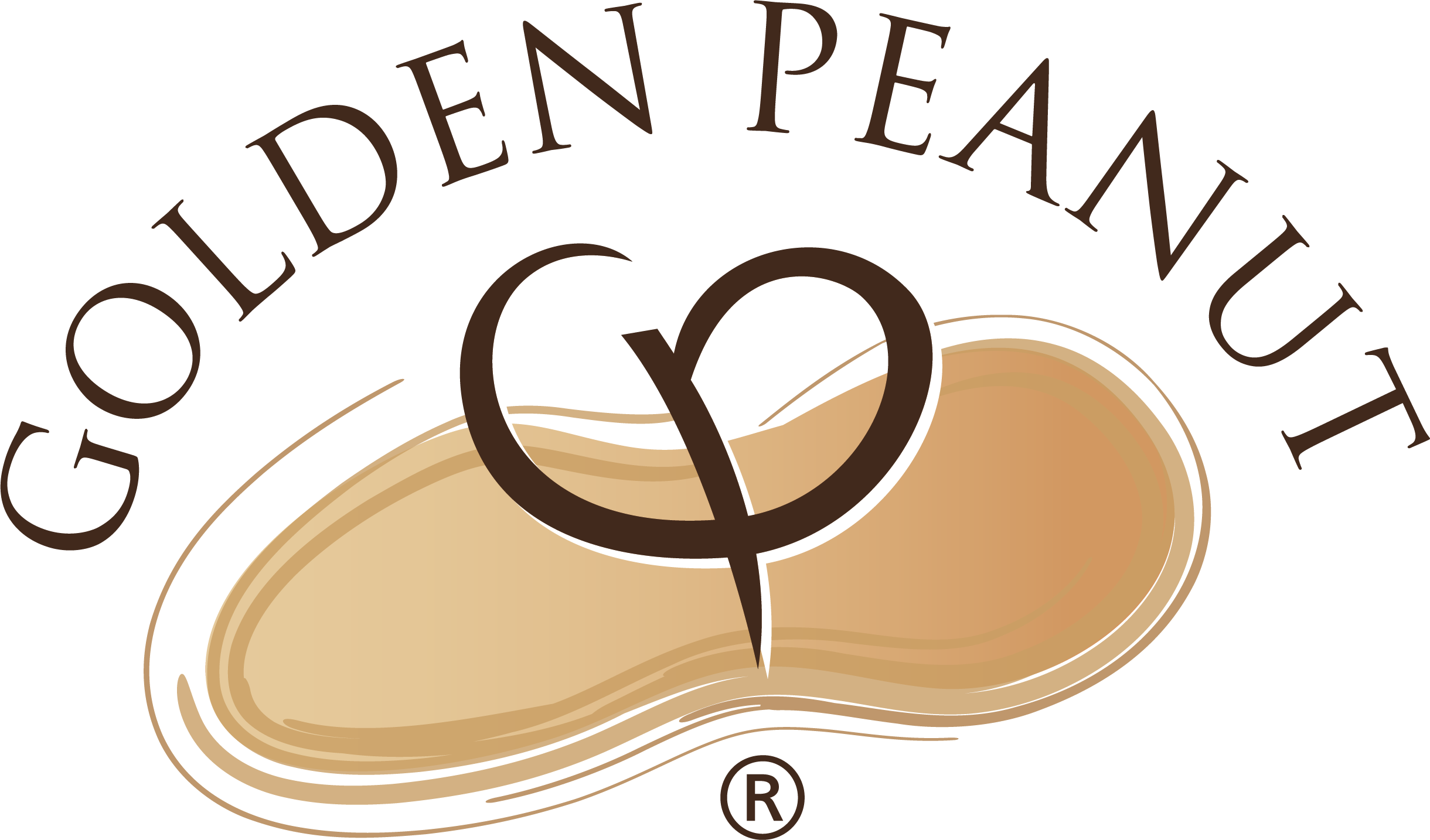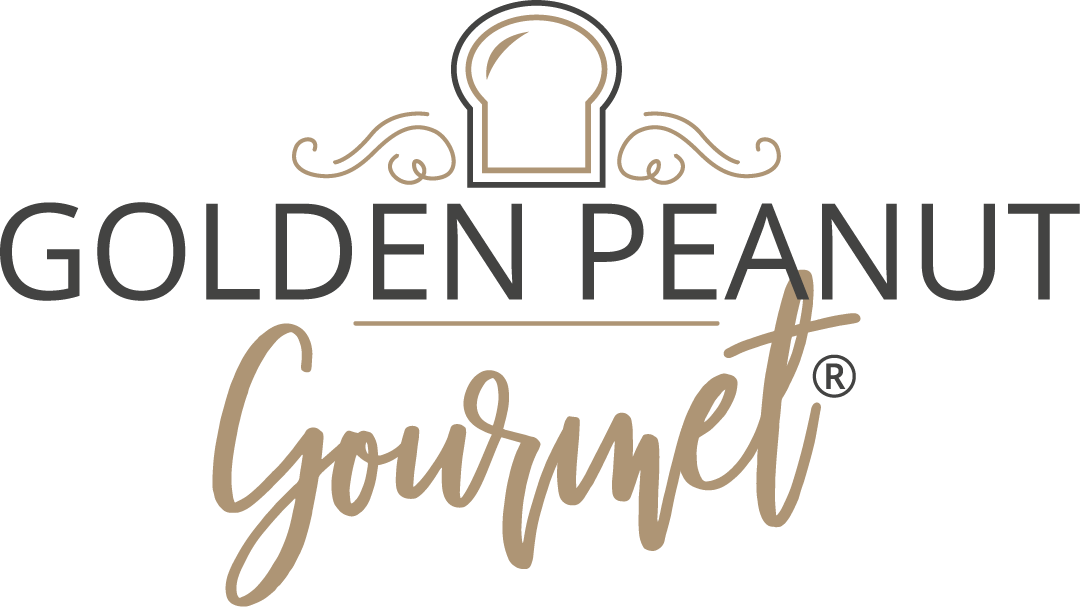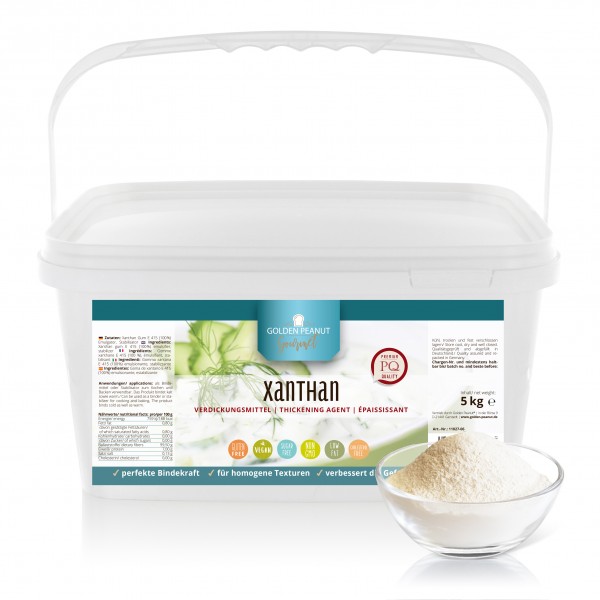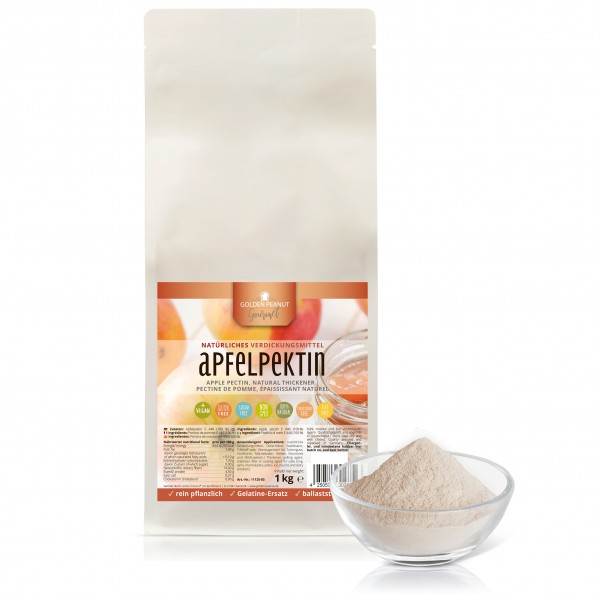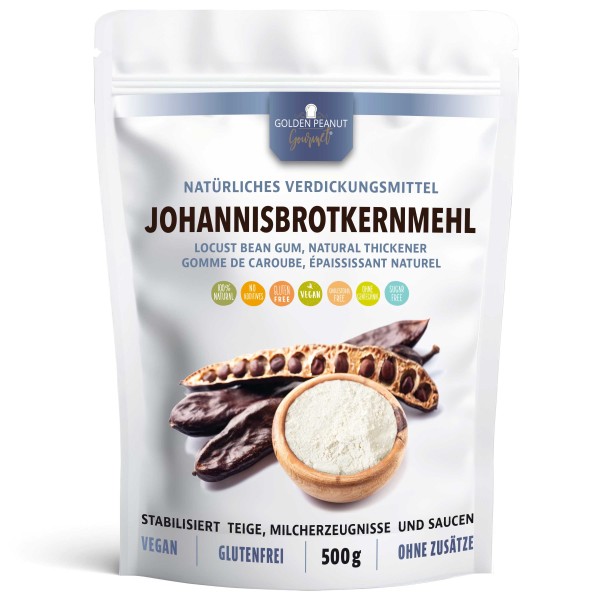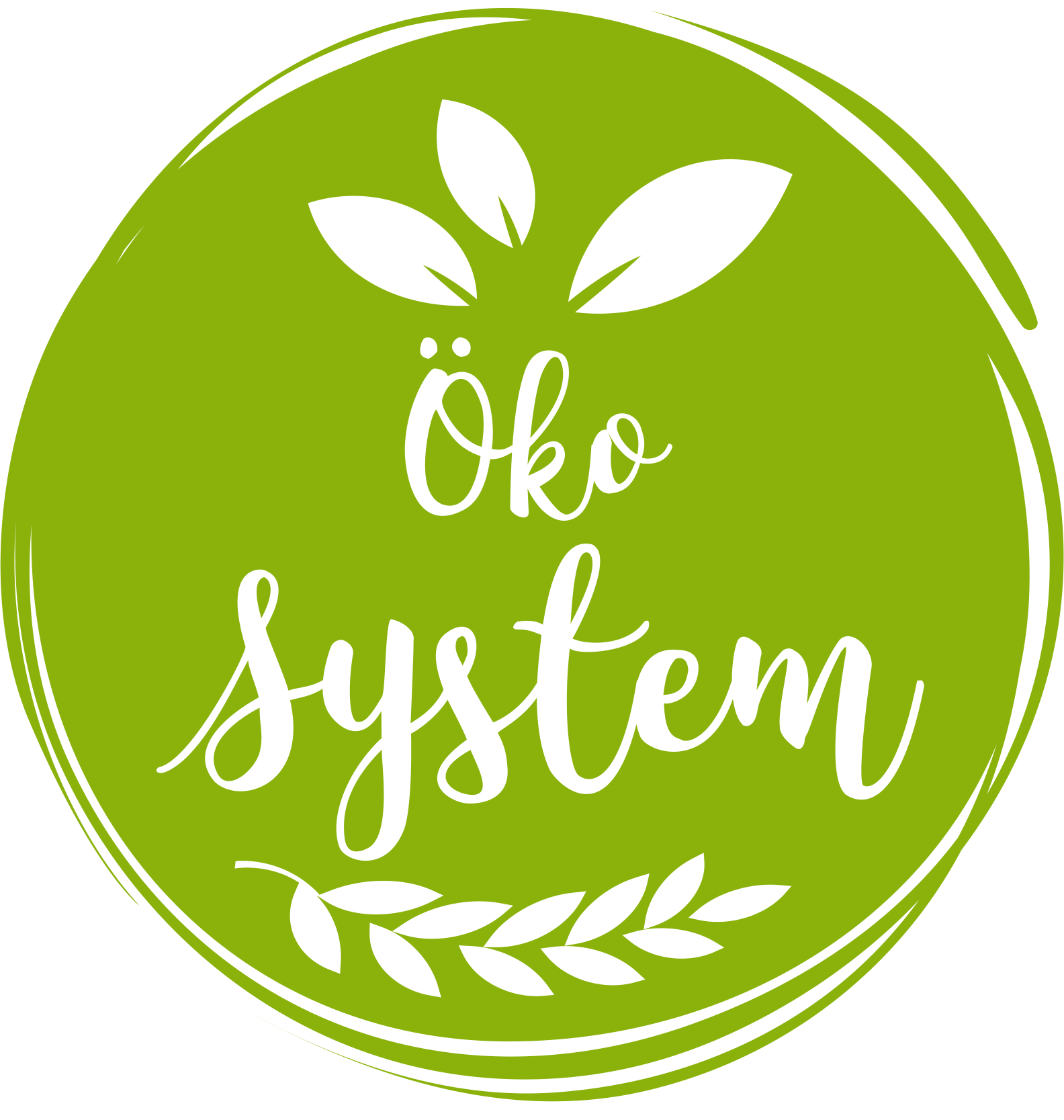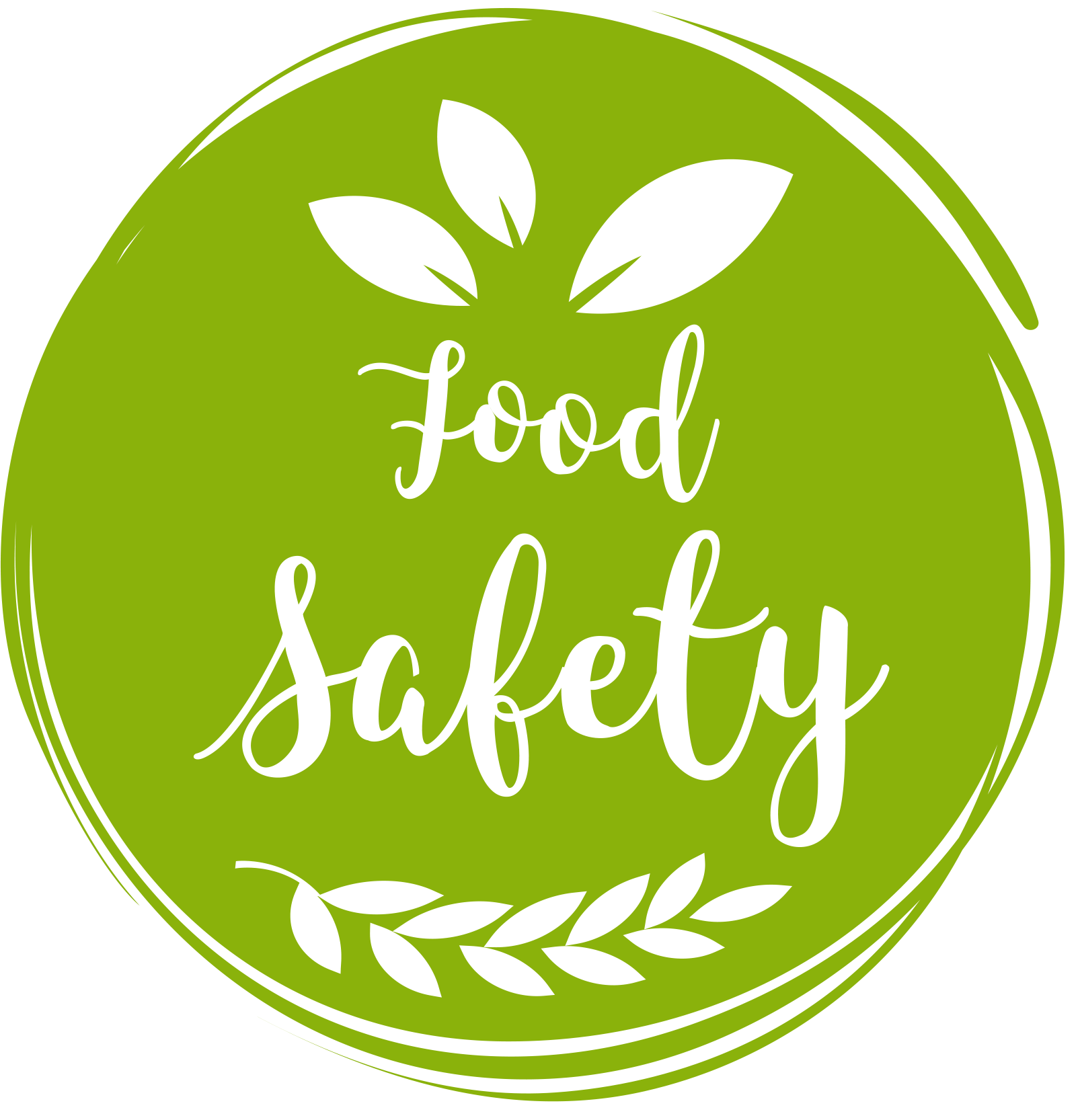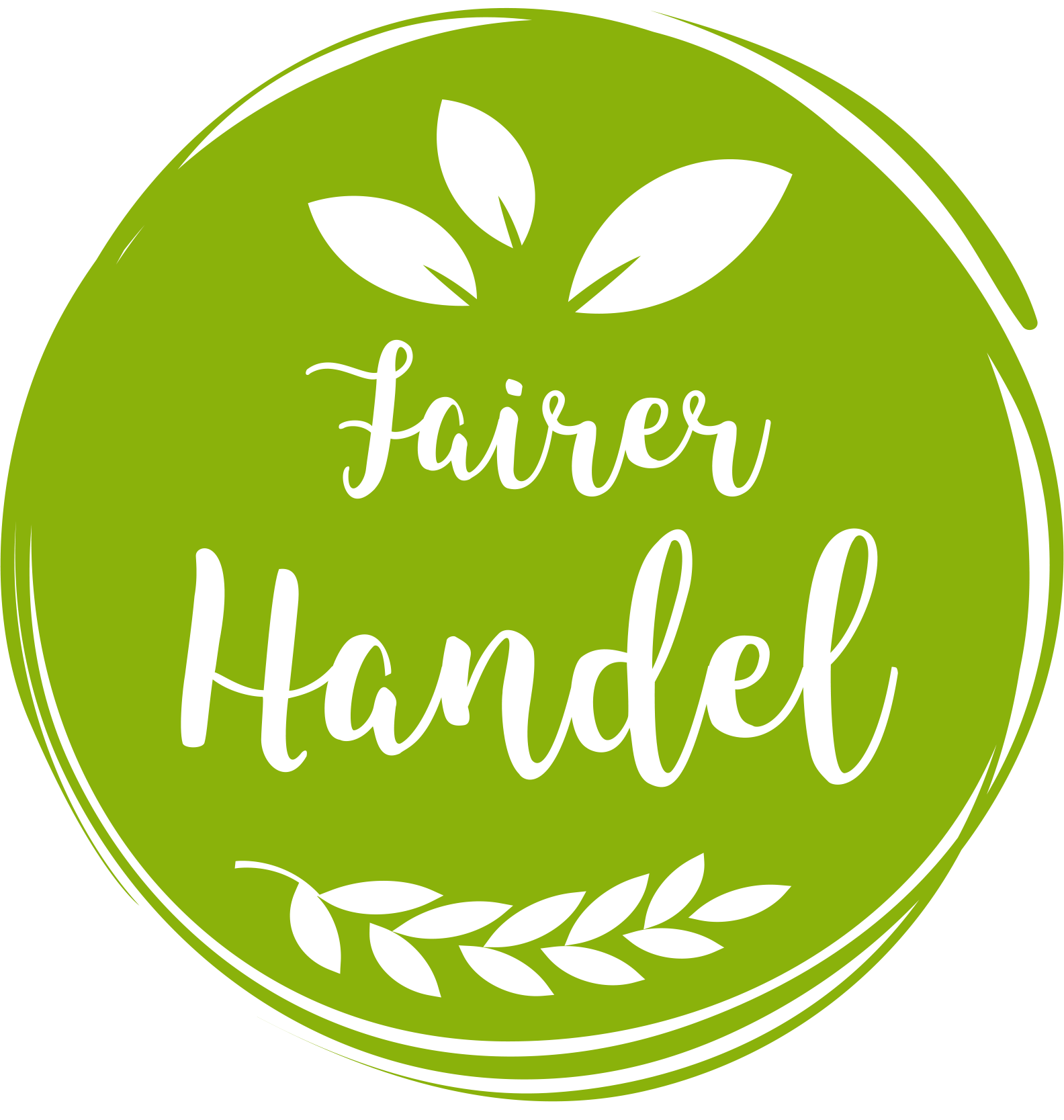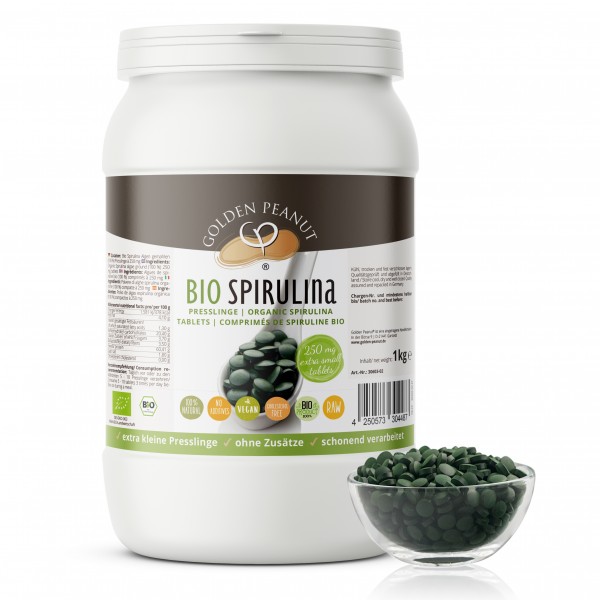 Organic Spirulina pellets
Organic Spirulina pellets - extra small pellets
- Manufacture without tablet additives
- Raw food quality
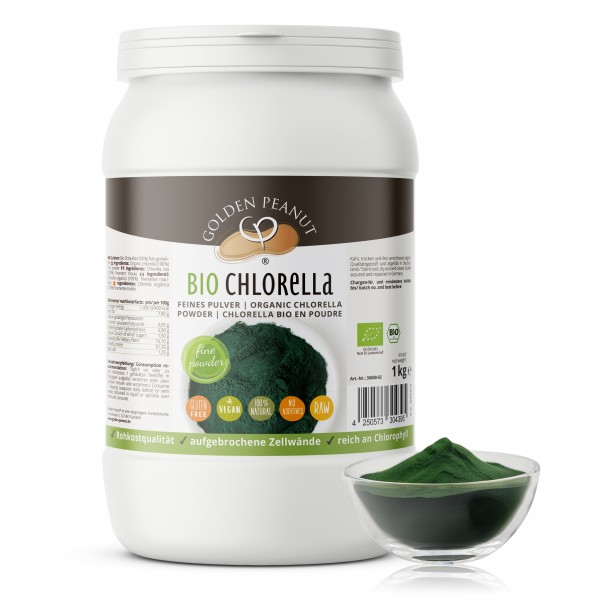 Organic Chlorella Powder
Organic Chlorella Powder - Raw food quality
- Cell walls gently broken open
- approx. 60% high-quality vegetable protein
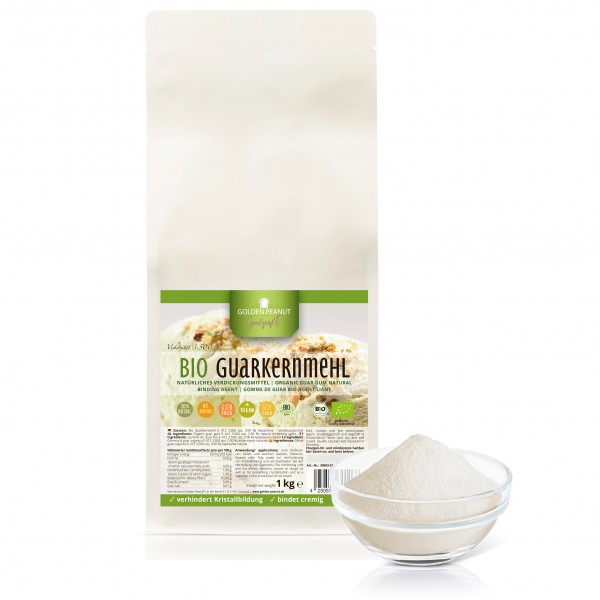 Organic guar gum 3500
Organic guar gum 3500 - 100% natural product
- 8 x more effective than starch
- binds in cold and warm condition
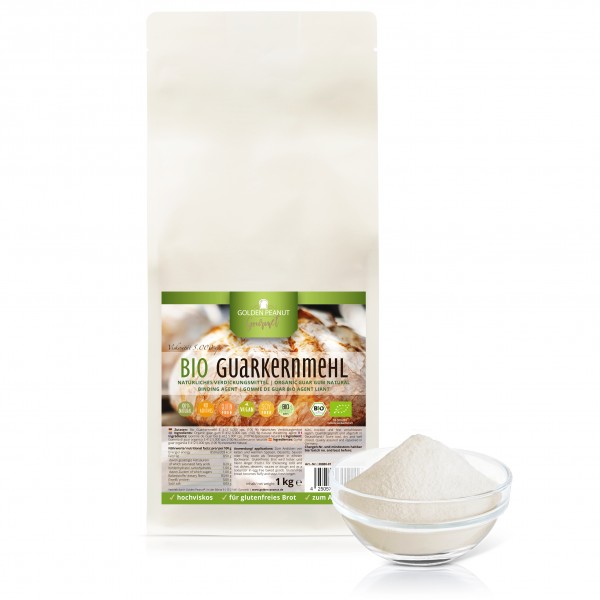 Organic guar gum 5000 highly viscous
Organic guar gum 5000 highly viscous - 8 x more effective than starch
- almost odourless and tasteless
- cold and warm soluble
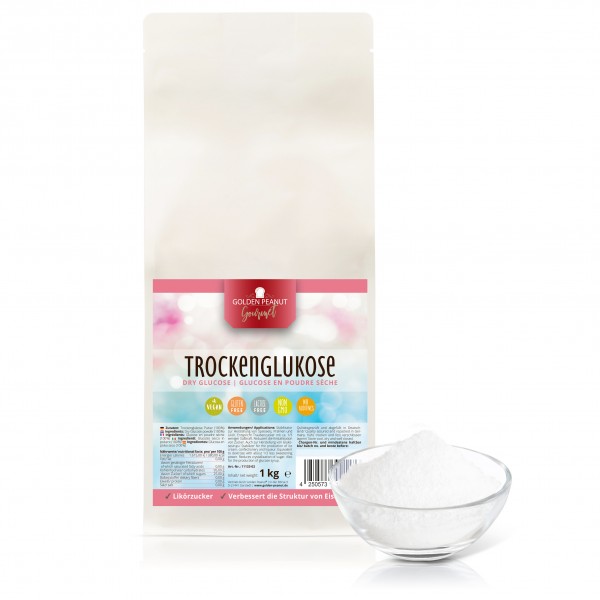 Dry Glucose Powder
Dry Glucose Powder - corresponds to approx. 1/3 of the sweetening power of household sugar
- ffor making liqueur and ice cream
- gluten-free and vegan
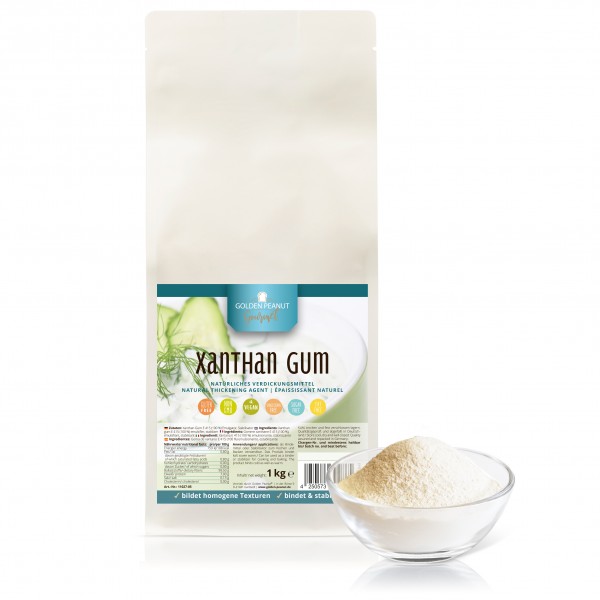 Xanthan Gum
Xanthan Gum - cold and hot soluble
- forms temperature-stable viscous solutions
- prevents the formation of ice crystals
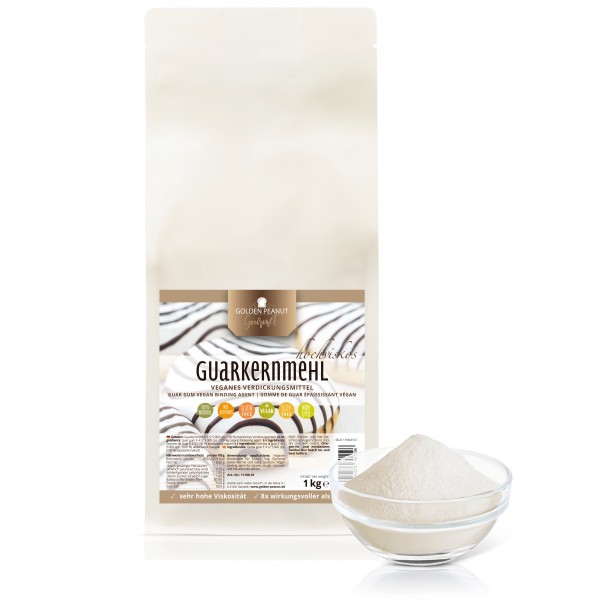 Guar gum 5.000 cps. high viscosity
Guar gum 5.000 cps. high viscosity - 8 x more effective than starch
- almost odourless and tasteless
- cold and warm soluble
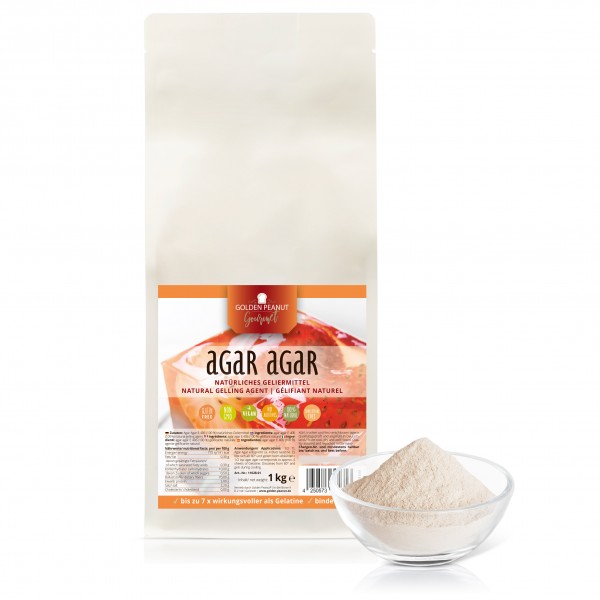 Agar Agar ground
Agar Agar ground - up to 7 x more effective than gelatine
- suitable for a vegan diet
- heat-stable
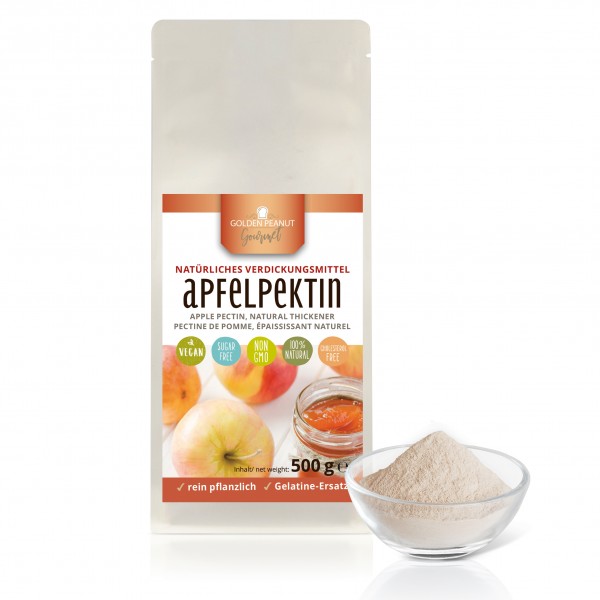 Apple pectin E 440
Apple pectin E 440 - natural gelatine substitute
- for jam and jelly
- Origin Europe
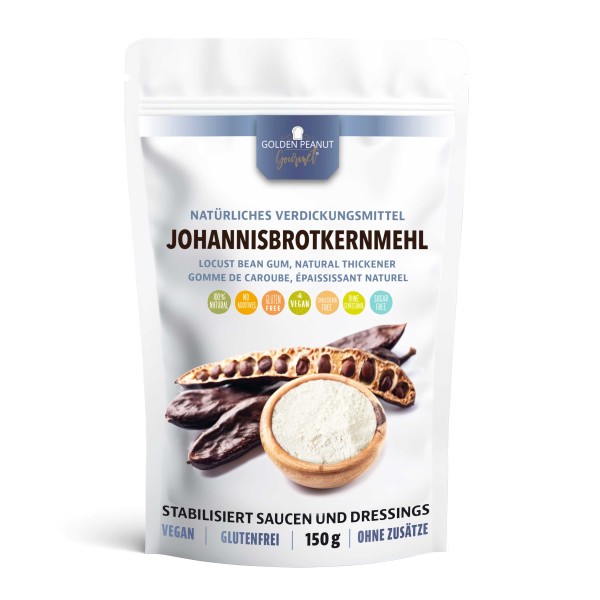 Locust bean gum
Locust bean gum - pure vegetable filler
- almost odourless and tasteless
- binds when warm
The chemistry laboratory has long since arrived in the kitchen
The first studies on molecular gastronomy appeared in the late 1990s with Hervé This and Nicholas Kurti. These scientists analyzed the changes that food undergoes during its preparation and introduced a revolutionary gastronomic concept.
The techniques have spread around the world by reaching chefs who have developed their creations based on this concept. One such case is Chef Ferran Adrià, who is now known as the world's first reference in molecular cuisine.
Some techniques of molecular cuisine
Gelation
It's the method of making a gel. The best known substance for the application of this technique is agar-agar. It's a substance very similar to jelly, but made from algae. It has the advantage that it can be processed in many ways without changing the taste of the ingredients. Gelation can be used to make mousses (sweet or salty) or even fruit spaghetti (mango, passion fruit or strawberry).
Spherification
By using liquid ingredients, this technique allows you to create small balls with a texture and appearance that are similar to caviar. With the classic method, just mix the prepared liquid with alginate. It is then poured into a water and calcium based solution through a pipette. In this way, small balls are obtained, which can then be used to prepare sweet or salty dishes.
Liquid nitrogen
Nitrogen is in a liquid state at a temperature of -196 ° C. With this product it is possible to quickly cool food or even make ice cream without having to have your own machines. In addition to its cooling capacity, liquid nitrogen retains the taste, smell and appearance of food.
Emulsifiers or thickeners
An emulsifier is a component, usually in powder form, that is used for the consistency and homogenization of sauces or creams. Lecithin and xanthan are examples of thickeners used in molecular cuisine that do not alter the original taste of food.
A traditional emulsifier that everyone is familiar with is corn starch, but it's not entirely tasteless.
Siphon
The siphon can be used to make ice cream, foams and meringues with any taste you want. It was Ferran Adrià who promoted the method of obtaining these curious food foams. The base must be liquid to which agar-agar is added. Then the mixture is poured into a siphon and magic happens! This container contains a gas capsule which, when stirred, turns the liquid into foam.
Molecular cuisine requires a lot of creativity. If you love this kitchen or are thinking of practicing it at home, don't forget about the presentation! Many of these creations give your dishes a distinctive and modern touch.
